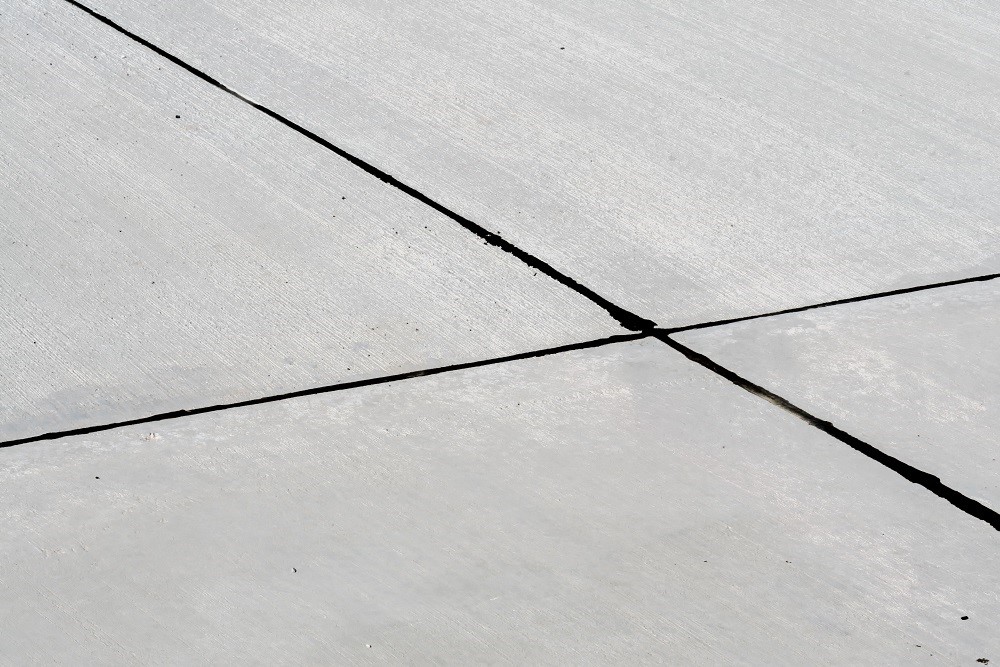3 Types of Expansion Joints and How to Fix Them

Cracks in concrete can be both ugly and dangerous. It is essential to know what kind of joints are present and how cracks happen, and the repair process details to fix these cracks.
Three Types of Expansion Joints
- Control Joint – The joint type will help reduce the stress of shrinkage. Also, a control joint provides a weak point which forces the crack to break in a desirable location.
- Construction Joint– The joint lays between two separate batches of concrete. Its location is called a stopping point but needs stabilization. There are three different ways to do that. First, it may include a metal strip that comes to the bottom of the slab. Second, it may contain metal dowels between separate concrete pours. Third, sometimes construction joints have pre-molded edges.
- Expansion Joint– This joint is between separate slabs of concrete. Expansion joints can also absorb vibration, as well as both expansion and contraction of the concrete. These can also help to minimize movement from the ground settlement.
How Concrete Cracks Happen
Cracks happen through two major kinds of stress: shrinkage or force. Existing concrete cracks are incredibly challenging for the functional aspects of seamless coating systems.
Concrete Crack and Expansion Joint Repair Products
The improper crack repair will only cost the customer more in terms of time and money, as the crack will likely reappear. Contractors should always cut out the broken or loose concrete, dirt, and debris to ensure proper bond of the repair material.
- POLYFLEX is a type of moisture insensitive epoxy. This joint expansion filler is polysulfide free, so it can resist damage from traffic and the stress of vehicle vibrations. POLYFLEX is a concrete crack filler. It works well to seal narrow masonry grooves as well as expansion joints. This epoxy is both self-leveling and very flexible. It adheres very strongly to concrete, which helps prevent deterioration of edges. POLYFLEX is used for masonry joints and saw cut control joints. It protects against damage caused by dirt, water, and other corrosive materials.
- KWIK-FLEX is a type of expansion joint and concrete crack repair material. Kwik-Flex’s design intends to use it in low-temperature areas. This joint expansion filler takes only 60 minutes to create a long-lasting seal. KWIK-FLEX can be applied in low-temperature areas without needing propane torches or heat lamps. KWIK-FLEX works down to -60°F. KWIK-FLEX may also be used as a crack filler and for slip joints.
Find out how Kwik-Bond concrete repair products can repair your concrete wall or ceiling. Call Capital Industries at 631-298-6300.

Capital Industries, Inc. is a leading supplier of commercial and industrial concrete repair products. For over 30 years, we have proudly serviced contractors, factories, warehouses and distribution centers for industrial, institutional and commercial customers. We carry a full range of concrete repair materials, including those specifically designed for low temperature areas such as freezers and coolers. Our floor repair products are rapid hardening, allowing you to reopen repaired areas with minimal downtime. All of our products are designed to be used by in-house maintenance personnel and come with an ironclad 100% guarantee of satisfaction.


